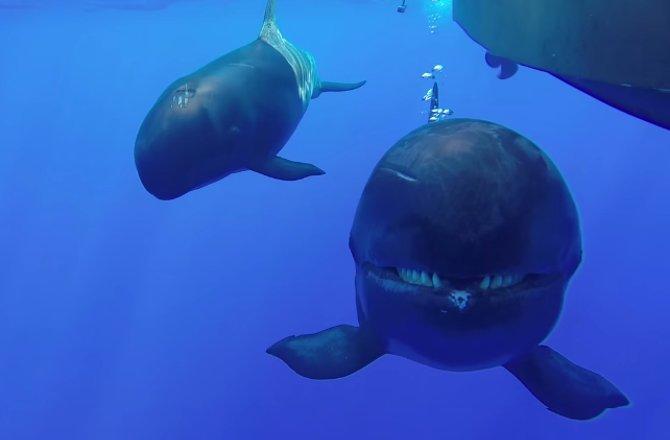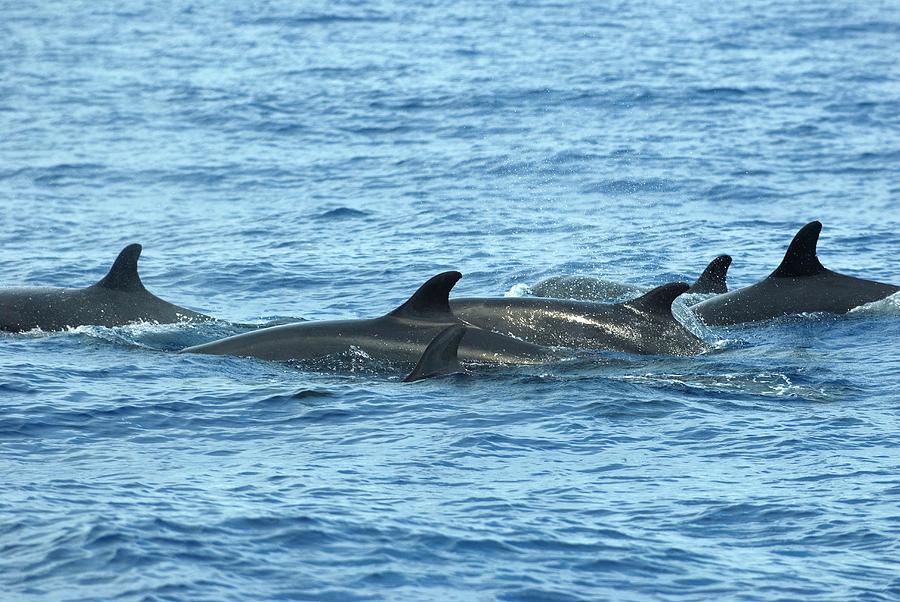

A decrease in ovulation and pregnancy rates with age is typical of many mammals, few of which show a prolonged postreproductive phase. ĭespite this methodological advance, there is no single accepted indicator of the cessation of female reproduction (e.g., Nichols et al. Importantly, the authors of the study also made available the procedures for comparing the point estimate for PrR to a null distribution representing the expected range of PrR under the assumption of no PRLS. The calculation of PrR is based on age-specific demographic rates from a life table and therefore allows for valid quantitative comparisons between populations with different demographic parameters. This measure, postreproductive representation (PrR) is interpreted here as the proportion of adult female years lived that are postreproductive. In light of these shortcomings, an alternative measure of PRLS was introduced to capture the proportion of the adult lifespan that is postreproductive. Notably, Levitis and Lackey found that PrT was inconsistently calculated across taxa, inherently biased, and leads to a high false-positive rate. PrT is measured in units of time between last parturition and death and therefore depends on the overall longevity of a species.

A contrasting perspective is that the apparently wide distribution of a significant PRLS is a methodological artefact, resulting from the practice of using postreproductive time (PrT) as a population measure of PRLS. These results were thought to support claims (e.g. of standardized patterns of fecundity with age including 11 mammals, 12 other vertebrates, 10 invertebrates, 12 vascular plants and a green alga found that in addition to humans, PRLS occurs in killer whales Orcinus orca, bdelloid rotifers Macrotrachela sp., nematode worms Caenorhabditis elegans and Bali mynah birds Leucopsar rothschildi. For example, a comparison by Jones et al. An extended PRLS is at odds with classical life history theory, and its causes and mechanisms have puzzled evolutionary biologists for decades, leading to lengthy debate.ĭespite most of the research being focused on humans (e.g., ), a detectable PRLS has been reported in a diversity of taxa. The onset of PRLS is defined as the irreversible loss of physiological capacity to produce offspring due to intrinsic biological factors. Nonetheless, our estimate for PrR in false killer whales (0.14) is lower than the single values available for the short-finned pilot whale (0.28) and the killer whale (0.22) and is more similar to working Asian elephants (0.13).Īnimals are said to have a postreproductive lifespan (PRLS) when reproductive senescence occurs faster than general somatic senescence. We found morphological and statistical evidence for PRLS in South African and Japanese pods of false killer whales, suggesting that this species is the third non-human mammal in which this phenomenon has been demonstrated in wild populations. These results suggest that PrR was convincingly different from the measures simulated under the null hypothesis. The 99th percentile of the simulated distribution was 0.08 and no simulated value exceeded 0.13.

PrR for the combined sample was 0.14, whereas the mean of the simulated distribution for PrR under the null hypothesis of no PRLS was 0.02. We also calculated a measure of PRLS, known as postreproductive representation (PrR) as an indication of the effect of inter-population demographic variability. Ovulation had ceased in 50% of whales over 45 years, and all whales over 55 years old had ovaries classified as postreproductive. We examined specimens from false killer whales from combined strandings (South Africa, 1981) and harvest (Japan 1979-80) and found morphological evidence of changes in the activity of the ovaries in relation to age. We investigate the evidence for PRLS in a third species, the false killer whale, Pseudorca crassidens, using a quantitative measure of PRLS and morphological evidence from reproductive tissues. Prolonged PRLS has been confirmed in only two non-human mammals, both odontocete cetaceans in the family Delphinidae. A substantial period of life after reproduction ends, known as postreproductive lifespan (PRLS), is at odds with classical life history theory and its causes and mechanisms have puzzled evolutionary biologists for decades.


 0 kommentar(er)
0 kommentar(er)
